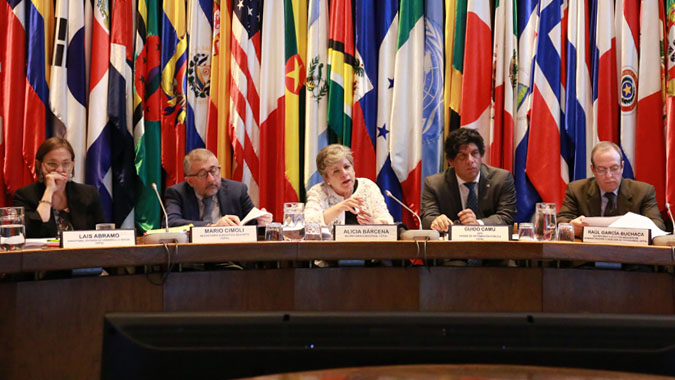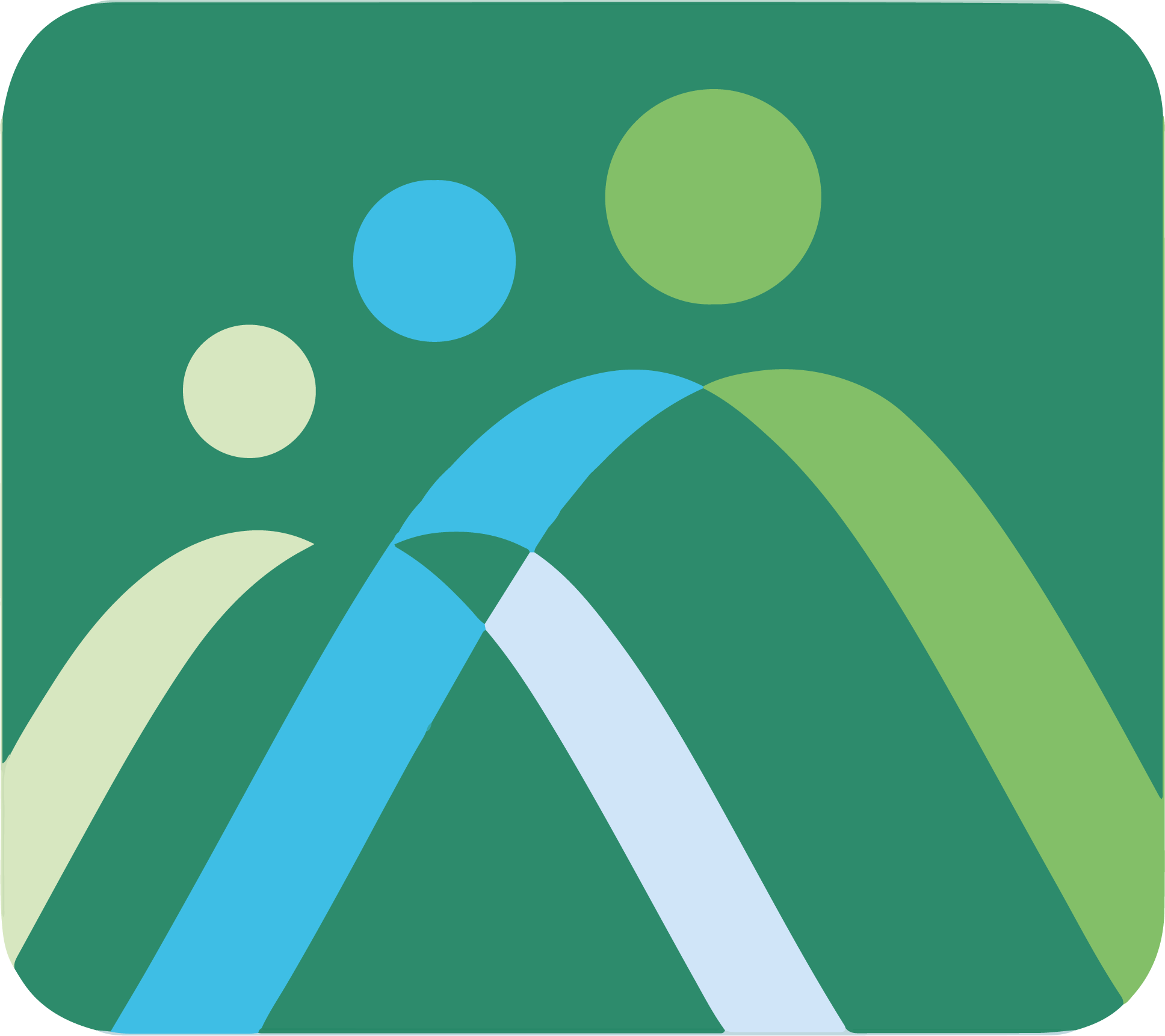Poverty in Latin America Remained Steady in 2017, but Extreme Poverty Increased to the Highest Level since 2008, while Inequality has Fallen Notably since 2000
ECLAC released its report Social Panorama 2018 today in Chile, including new revisions to the methodology used by the organization to estimate monetary poverty in the region, as well as new measurements on functional inequality, social spending and double labor and social inclusion.

The overall poverty rate – measured by income – remained stable in 2017 in Latin America, following increases recorded in 2015 and 2016; however, the proportion of persons living in extreme poverty continued to rise, following the trend observed since 2015, according to the report by the Economic Commission for Latin America and the Caribbean (ECLAC).
In 2017, the number of people living in poverty reached 184 million (30.2% of the population), of whom 62 million live in extreme poverty (10.2% of the population, the highest percentage since 2008), according to the report, Social Panorama of Latin America 2018, presented this Tuesday by Alicia Bárcena, Executive Secretary of the United Nations regional organization, at a press conference held in Santiago, Chile.
According to the Commission’s projections, poverty in 2018 decreased to 29.6% of the population, or 182 million people (two million less than in 2017), while extreme poverty remained steady at 10.2%, i.e. 63 million people (one million more than in 2017).
“Although the region did make significant progress between the past decade and midway through this one, there have been setbacks since 2015, particularly when it comes to extreme poverty,” warned Alicia Bárcena, calling for complementary public policies of social protection, labor inclusion and income redistribution in light of the challenges ahead.
In an analysis of the countries with the greatest reductions in poverty in the 2012-2017 period, in Chile, El Salvador and the Dominican Republic, the increase in income from wages in lower-income households was the source that contributed the most to that reduction, while in Costa Rica, Panama and Uruguay, the main factor was pensions and transfers received by lower-income households. “This highlights the importance of providing the population living in poverty with more resources, combining stronger wages with the provision of public transfers and strengthened systems of social protection,” said ECLAC.
Due to the update in 2015 of the methodology used by ECLAC to measure monetary poverty, and later revisions implemented by the organization, the figures included in this edition of the Social Panorama differ from those released in the last report published in December 2017 and previous ones. See explanatory document (in Spanish).
The report also emphasizes a notable reduction in income inequality in the region since the beginning of 2000. The simple average of the Gini Index (where 0 represents no inequity and 1 maximum inequality) for the 18 countries of Latin America fell from 0.543 in 2002 to 0.466 in 2017. However, the rate of reduction slowed in recent years: from 2002-2008, the average annual reduction on the index was 1.3%; for 2008-2014, 0.8%; and for 2014-2017, it was 0.3%. According to the organization, systems of social protection have played an important role in recent years in containing income distribution deterioration.
Despite the context of fiscal adjustments, social spending by central governments is the main component in total public spending (51.4% in 2016), says the Commission. Central government social welfare expenditure in 17 Latin American countries reached a simple average of 11.2% of GDP in 2016, a slight increase compared to 2015 and the highest level recorded since 2000. In per capita terms, average social spending for the countries of Latin America practically doubled between 2002-2016, reaching 894 dollars. Nevertheless, this varies greatly among countries and great challenges still exist when it comes to financing social policies in order to meet the goals of the 2030 Agenda for Sustainable Development, especially in countries with the highest levels of poverty and other shortcomings in terms of social development.
In order to advance toward greater levels of participation in the benefits of development and the exercise of rights, progress in terms of social inclusion and labor inclusion of the population must go hand in hand, underscores ECLAC.
On average, around 40% of the employed population of Latin America earns wages below the minimum established per country and that proportion is much higher among women (48.7%) and young people aged 15-24 (55.9%). The figure rises to 60.3% among young women. Universal policies must be implemented that respond to these differences in order to close the gaps in access that affect different groups of the population, and that also take into account both the old and new risk scenarios that will impact society as a whole, says ECLAC.
In 2017, participation by women in the labor market continued to be less compared to men, at 50.2% and 74.4% respectively, while unemployment in women for that year was higher (10.4%) than for men (7.6%). More than half of working women (51.8%) are employed in low-productivity sectors, and of those, 82.2% are not affiliated with or drawing from a pension system.
The low participation by women in paid work is in contrast to their high participation in non-paid work within the home: in Latin America, 77% of non-paid work is done by women, according to data from surveys on use of time. “Without adequate public policies to address key issues, such as the promotion of women’s training and employment in science, technology, engineering and mathematics (STEM), to avoid job insecurity and to promote co-responsibility in care systems, women could not only lose out on the benefits of future jobs, but also run the risk of perpetuating existing gaps and the existing shortfalls of decent work.” concluded the document.
Related content
Panorama Social de América Latina 2018
Presentación de la Secretaria Ejecutiva de la CEPAL, Alicia Bárcena.
Subregional headquarter(s) and office(s)
Related link(s)
Country(ies)
Contact
Public Information Unit
- prensa@cepal.org
- (56 2) 2210 2040

